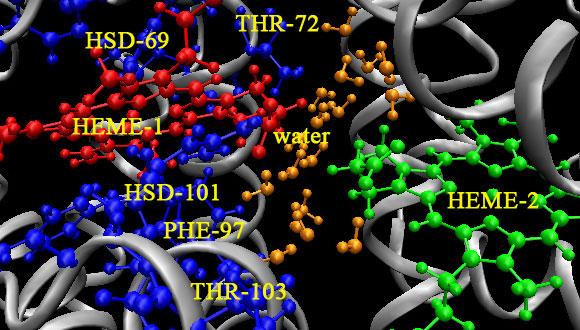סמינר בכימיה פיזיקלית: Selenium in Biophysics and Biochemistry: Selenoproteins and Biological Selenium NMR
Sharon Rozovsky, University of Delaware
Abstract:
77Se can be used to study sulfur-sites in proteins, because the sensitivity of the only NMRactive isotope of sulfur is too low. Thus, 77Se NMR provides insights into the multifaceted roles of cysteine and methionine in enzymatic reactions, metal binding and molecular recognition. However, it is yet not routinely employed for studies of biological systems because protocols to enrich proteins with 77Se were not available and the interpretation of the NMR data remains challenging. We describe our work on building the knowledge base necessary to interpret Se- NMR of biological systems. To that end we recorded NMR parameters in model proteins as well as native selenium proteins. Through our work we arrive at general guidelines regarding optimal site selection, sensitivity, Se incorporation methods and information content of solution and solid-state NMR experiments.
In addition, our work on selenoproteins will be described. Selenoproteins are enzymes that play an essential role in the management and regulation of reactive oxygen species, i.e., signaling molecules that are often affiliated with molecular damage and diseases. Selenoprotein K (SELENOK) is a membrane protein that assists palmitoylation of proteins and contributes to the degradation of misfolded proteins in response to cellular stress.
Because all well-characterized selenoproteins are enzymes, SELENOK is most likely also catalytically active even though its reactive selenocysteine is located in an intrinsically disordered segment. We recently discovered that SELENOK cleaves its own peptide bond, releasing a peptide that contains selenocysteine which in turn terminates enzymatic activity.


